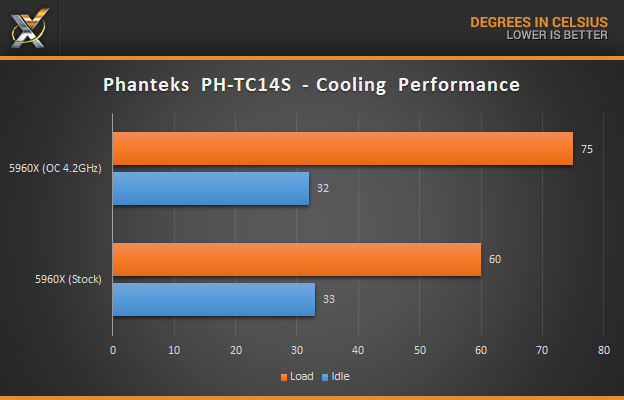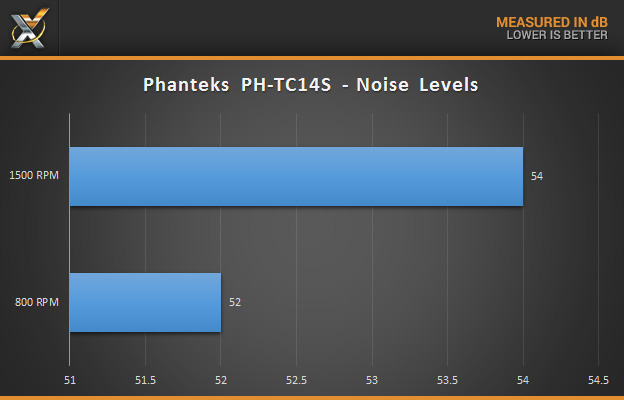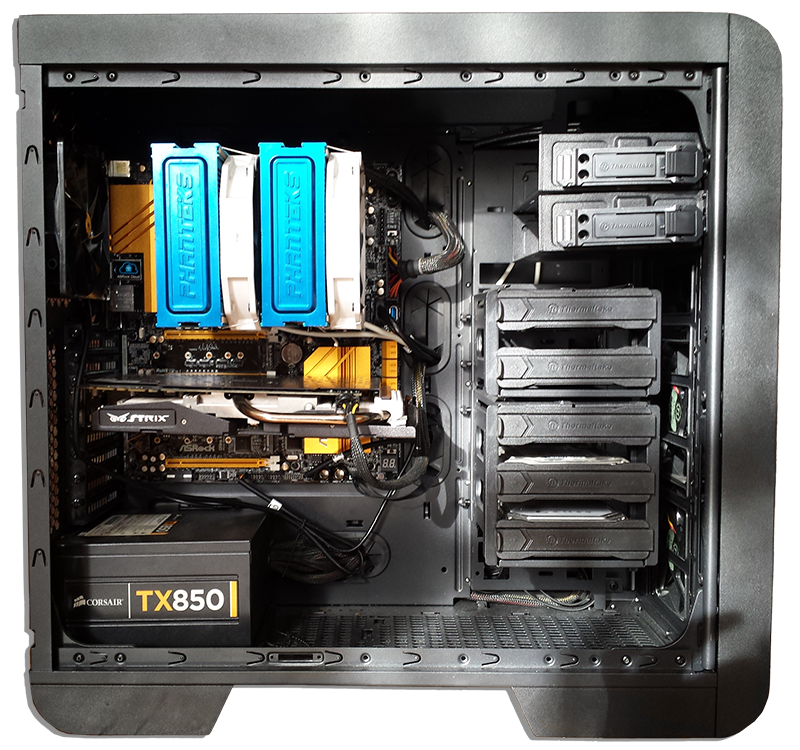TECHNOLOGY X TEST PROTOCOL
At Technology X, we test our CPU coolers slightly different depending upon the cooler’s marketed purpose, whether it be for a silent operation or extreme overclocking. Our goal is to test in a system that has been optimized with our SSD Optimization Guide, however, CPU C State alteration may or may not have occurred depending on the motherboard and BIOS configurations. Additionally, we also try to include links to the benchmarks used in our report so that you as the reader can replicate our tests to confirm that your cooler performs the way it should.
TECHNOLOGY X TEST BENCH
All of the components we use for testing are standard off-the-shelf PC components from major manufacturers, which can be purchased at a variety local retailers and online. We’ll also provide links to our components for those of you that find an interest in our equipment.
We’d like to thank Intel and ASRock, and Crucial for providing vital components in this test bench, without which this report would not be possible. Check out our review of the Intel Core i7 5960X, ASRock X99 OC Formula, and the Crucial Ballistix DDR4-2400 memory kit, used in this report.
| PC CHASSIS: | Thermaltake Core V51 |
| MOTHERBOARD: | ASRock X99 OC Formula |
| CPU: | Intel Core i7 5960X @ 4.2GHZ OC |
| MEMORY: | 32GB Crucial Ballistix Sport DDR4-2400 |
| CPU COOLER: | N/A |
| POWER SUPPLY: | Corsair TX850 v2 |
| GRAPHICS CARD: | ASUS STRIX GTX 970 OC |
| STORAGE: | ADATA 1TB Premiere Pro SSD |
In order to test our CPU cooler, we’ll be running a CPU stress test and monitoring our temperatures using AIDA64, which is a great utility for benchmarking, testing the stability of, and monitoring your system.
COOLING PERFORMANCE
To test our cooler, we ran AIDA64’s ‘System Stability Test’ for 1 hour and recorded the highest temperature reached on any core. We did so at both the stock core frequency of our Intel Core i7 5960X, as well as overclocked to 4.2GHz.
During both tests our ambient temperature was approximately 22° Celsius (or 71° Fahrenheit)
 Above we can see that our cooler was able to keep our idle temperatures in both configurations to about 10°C over our ambient, which is fairly respectable. However, it is during our load tests that things get really interesting, as the PH-TC14S is able to not only keep our stock CPU at 60°C or about 48° over ambient, but it is able to keep our overclocked Intel 5960X to 75°C! Remember that is a 40% overclock on a top-of-the-line eight-core CPU.
Above we can see that our cooler was able to keep our idle temperatures in both configurations to about 10°C over our ambient, which is fairly respectable. However, it is during our load tests that things get really interesting, as the PH-TC14S is able to not only keep our stock CPU at 60°C or about 48° over ambient, but it is able to keep our overclocked Intel 5960X to 75°C! Remember that is a 40% overclock on a top-of-the-line eight-core CPU.
NOISE LEVELS
We tested the cooler’s noise output by using a sound meter placed near the system’s case with the side-panel closed. We tested the cooler at both full speed (1500 RPM) and an idle speed of 800 RPM. We also tested the sound of our overall system’s cooling without the cooler’s fan turned on to illustrate the difference. That result was an average of 50 dB.
 Our sound test isn’t very scientific, as we lack a sound-proof room to properly test in. However, we still feel that the results will represent a real world scenario, as there will likely be some noise in the room you keep your computer in. That being said, we found the fan on this cooler to be fairly quiet, but definitely noticeable at 1500 RPM. It wasn’t annoying or distracting, and it is nearly silent at 800 RPM.
Our sound test isn’t very scientific, as we lack a sound-proof room to properly test in. However, we still feel that the results will represent a real world scenario, as there will likely be some noise in the room you keep your computer in. That being said, we found the fan on this cooler to be fairly quiet, but definitely noticeable at 1500 RPM. It wasn’t annoying or distracting, and it is nearly silent at 800 RPM.
Review Overview
Design
Build Quality
Performance
Noise
Price
COOL!
The PH-TC14S delivers cooling performance that rivals the much larger and more expensive PH-TC14PE and other coolers in its class.
 Technology X Tomorrow's Technology Today!
Technology X Tomorrow's Technology Today!


Nice work! A couple of questions; Where is the air temperature monitored? Is is only the room temperature or the needed cooler intake air temperature? Cooler intake air temperature is the important one, not the room temperature. Also the difference in noise level for 52dBA to 54dBA is not enough difference for most people to hear a change. I would expect 800rpm to be about 32dBA and full speed about 45dBA. Normally measurement are made with meter is 1metre away from noise source. What is your room base noise level?
Again, nice review!
Intake Air temperature is something we plan on doing in the future. Unfortunately we do lack the proper equipment to properly gauge the temperature of the air intake. However I do appreciate your feedback as this is definitely something we plan to improve upon further.
As for noise, we do in fact use a meter about 1metre away from the case. That being said, our ambient noise conditions are not perfect for testing, this is also something we plan on improving on.
Sorry if that doesn’t fully answer your questions. We hope to continue to hear your feedback going forward.
I, too, am interested in the intake air temperature. Thanks.
Please see the reply made to doyll.
Thanks for the feedback!
Monitoring cooler intake air temperature is easy and inexpensive. Give me your email address and I will supply details.
You can email me at donny.stanley(AT)technologyx(dot)com